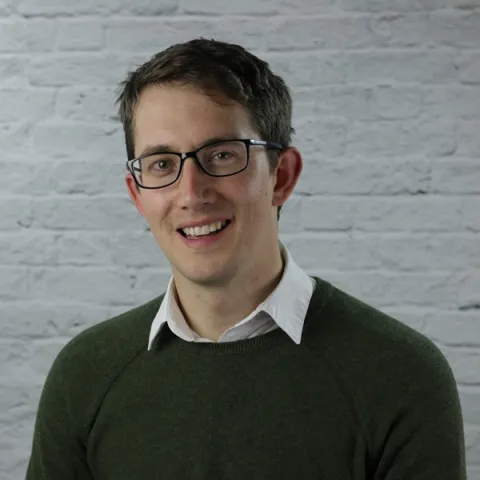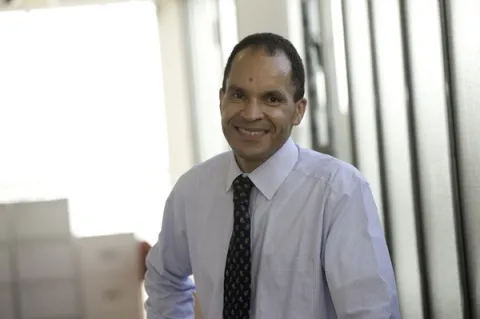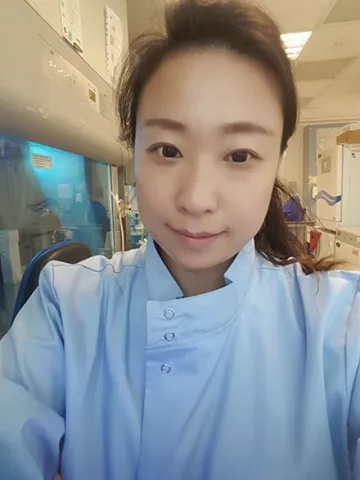Project overview
This project has two mutually supportive aims:
1) to clarify the early immune and stem cell interactions underlying nanoclay gel enhancements to BMP2 bone induction
2) to explore the potential of drug delivery strategies to further modulate this response for improved bone tissue regeneration efficacy.
Our overall hypothesis is that modulating the inflammatory profile of macrophages, from M1 to M2, via a drug delivery system, can enhance BMP2-nanoclay induced bone regeneration.
In addressing this aim and testing this hypothesis we have four instrumental objectives:
1) Elucidate immune cell responses to nanoclay gels during BMP2-clay bone induction (as effected by nanoclay concentration).
2) Develop a drug delivery strategy for macrophage polarisation in the presence of nanoclay, to examine how active modulation of macrophage number and phenotype influences subsequent BMP2-clay bone induction efficacy.
3) Examine the mediating role of macrophage-stem cell cross-talk during the process of bone induction and characterise the kinetics of stem cell recruitment.
4) Evaluate optimised macrophage modulation strategy for bone tissue regeneration in a cranial defect model.
1) to clarify the early immune and stem cell interactions underlying nanoclay gel enhancements to BMP2 bone induction
2) to explore the potential of drug delivery strategies to further modulate this response for improved bone tissue regeneration efficacy.
Our overall hypothesis is that modulating the inflammatory profile of macrophages, from M1 to M2, via a drug delivery system, can enhance BMP2-nanoclay induced bone regeneration.
In addressing this aim and testing this hypothesis we have four instrumental objectives:
1) Elucidate immune cell responses to nanoclay gels during BMP2-clay bone induction (as effected by nanoclay concentration).
2) Develop a drug delivery strategy for macrophage polarisation in the presence of nanoclay, to examine how active modulation of macrophage number and phenotype influences subsequent BMP2-clay bone induction efficacy.
3) Examine the mediating role of macrophage-stem cell cross-talk during the process of bone induction and characterise the kinetics of stem cell recruitment.
4) Evaluate optimised macrophage modulation strategy for bone tissue regeneration in a cranial defect model.
Staff
Lead researchers
Other researchers
Collaborating research institutes, centres and groups
Research outputs
Yanghee Kim, Jonathan Dawson, Richard Oreffo, Y. Tabata, Dhiraj Kumar, Conrado Aparicio & Isha Mutreja,
2022, Bioengineering, 9(7)
Type: review
Richard Oreffo, Daheui Choi, Jiwoong Heo, Juan Aviles Milan, Jonathan Dawson, Jinkee Hong & Yanghee Kim,
2021, Materials Science and Engineering C, 118
Type: article
Babatunde O. Okesola, Shilei Ni, Burak Derkus, Carles C. Galeano, Abshar Hasan, Yuanhao Wu, Jopeth Ramis, Lee Buttery, Jonathan I. Dawson, Matteo D'Este, Richard O.C. Oreffo, David Eglin, Hongchen Sun & Alvaro Mata,
2020, Advanced Functional Materials, 30(14), 1-13
Type: article


